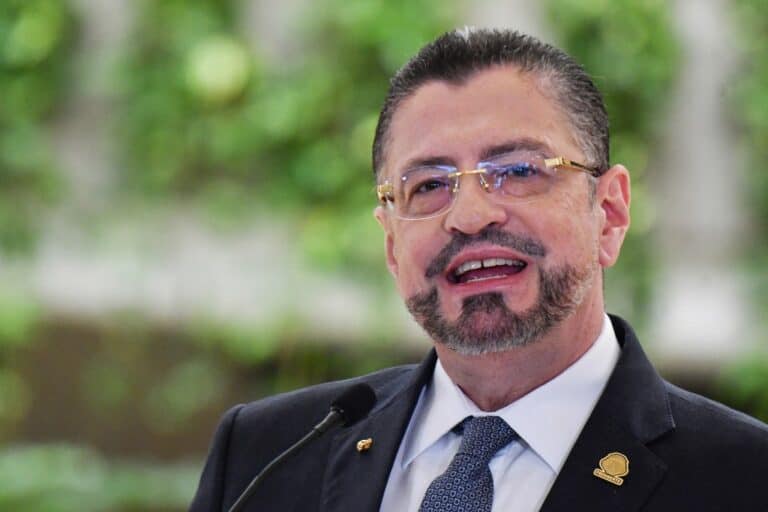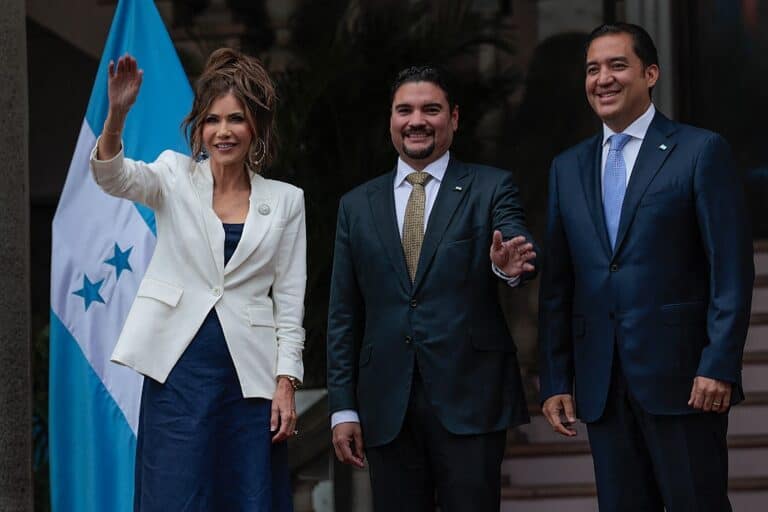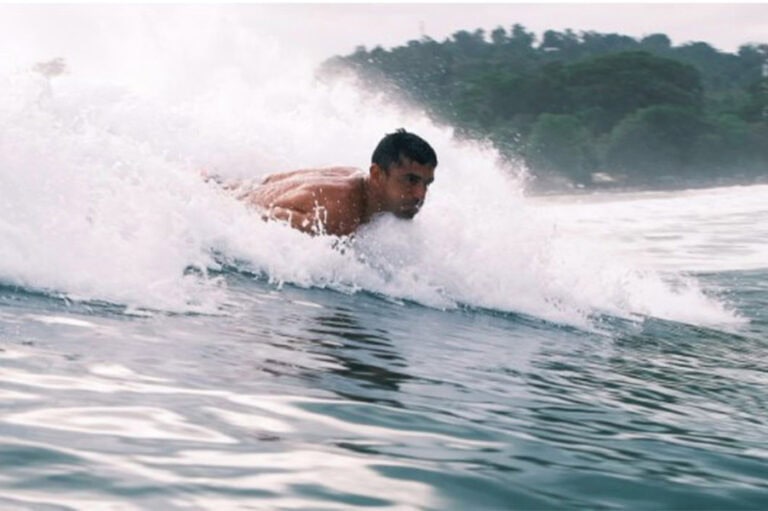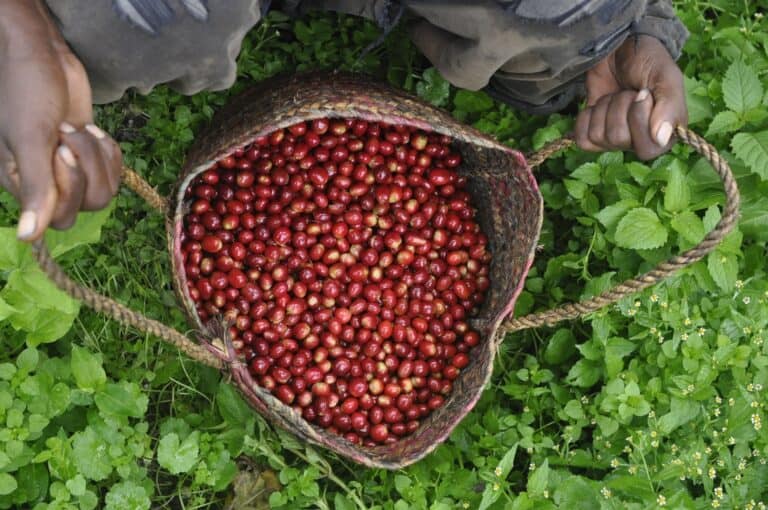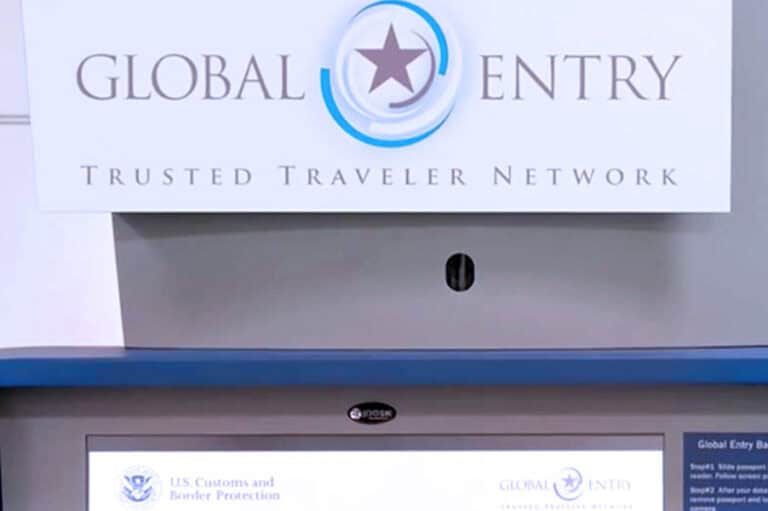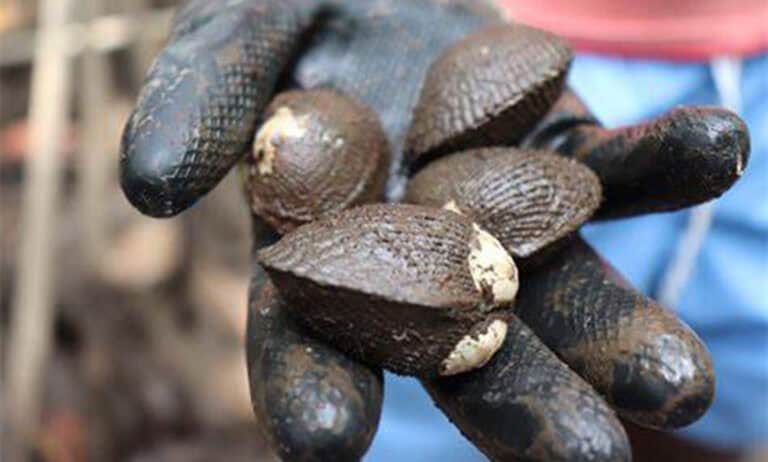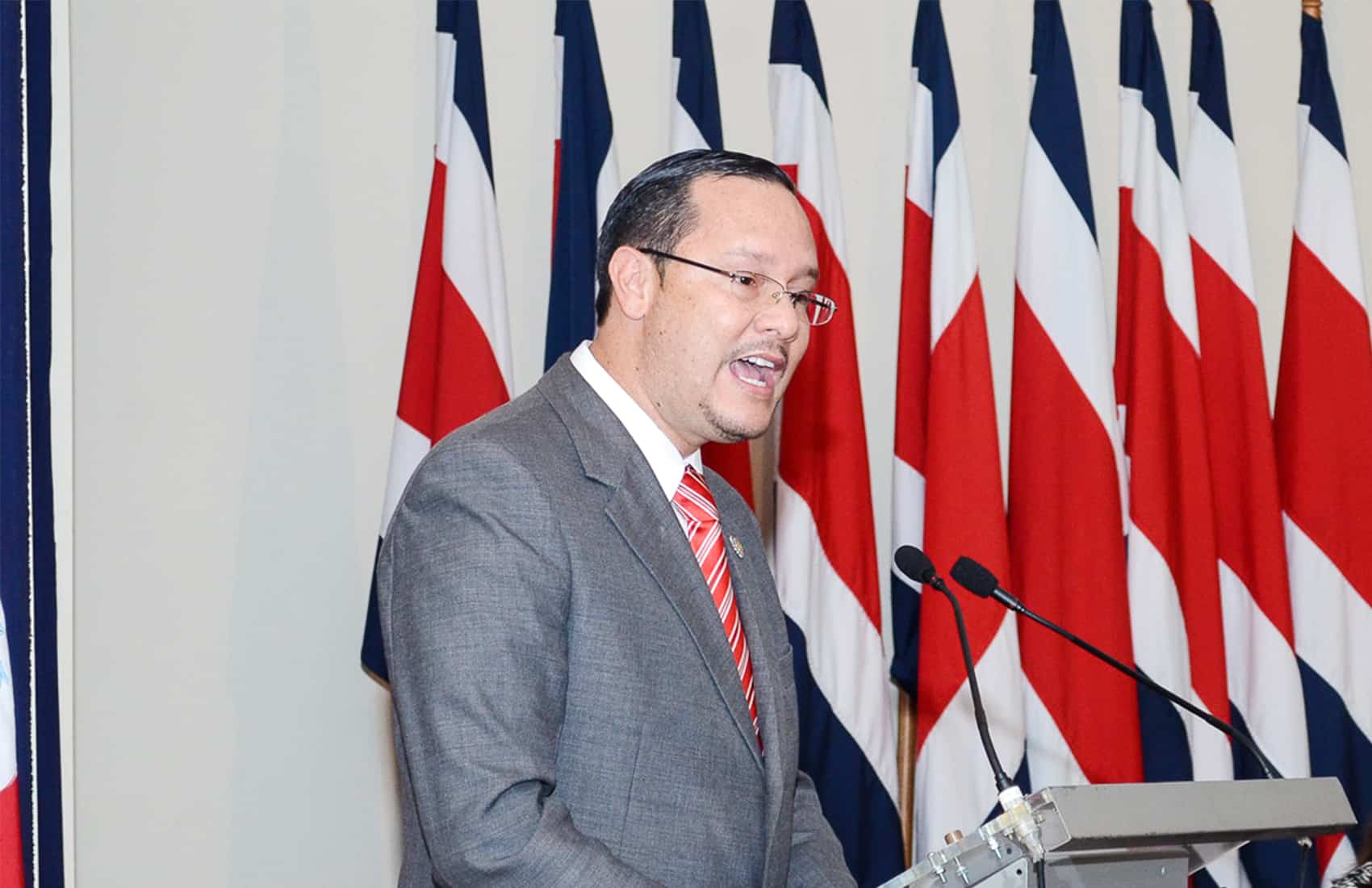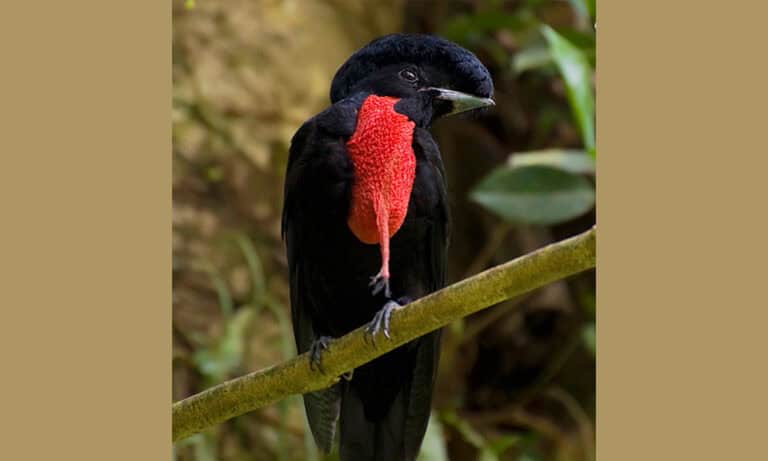With no Caribbean teams advancing, a Central American contingent made up of Panama, Costa Rica, Honduras, and Guatemala heads into the quarterfinals of the Gold Cup, where North American powerhouses—USA, Mexico, and Canada—are seen as favorites. The quarterfinals begin Saturday with two matches at State Farm Stadium in Glendale, Arizona, which holds 63,400 spectators.
In the first match, Central America is guaranteed a semifinalist but will lose a team when fierce rivals Honduras and an intimidating Panama face off. Later that night, Mexico defends its title against Saudi Arabia, the tournament’s invited team.
On Sunday in Minneapolis, Minnesota, U.S. Bank Stadium, with a capacity of 66,200, will host the other two quarterfinals. In a lopsided matchup, spirited Guatemala will face a formidable Canadian squad. In a power clash, Costa Rica will test its ambition against host nation USA, which faces the pressure of being the home team.
Panama’s Firepower
Saturday in Glendale at 4:15 p.m. local time (11:15 p.m. GMT), Panama aims to unleash its offensive strength against Honduras. Under Danish coach Thomas Christiansen, La Marea Roja had a perfect group stage run with 9 points and the best attack—10 goals, 5 from top scorer Ismael Díaz.
“The level my players have shown is the bare minimum required for the next match,” Christiansen said, while downplaying Panama’s title hopes. “If I had to choose between qualifying for the World Cup or winning the Gold Cup, I’d choose qualifying.”
Honduras bounced back from a 6-0 loss to Canada in their opener with two hard-fought wins, including a dramatic one over Curaçao, to make the quarterfinals. “This will be a big test for us, facing a rival shaped by a five-year process,” said Honduras coach Reinaldo Rueda.
Mexico Faces Tournament Guest
At 7:15 p.m. local time (01:15 GMT Sunday), Mexico takes on Saudi Arabia, which enters the quarters with the fewest points—just four—and only two goals scored. “We’re improving, but not as fast as I’d like,” admitted Mexico coach Javier Aguirre. “We’re finding solutions to the problems our opponents present.”
Saudi coach Hervé Renard said their group stage rivals forced them into a physical game that’s not their strength. Regarding Mexico, Renard says he’s ready for the overwhelming crowd support Mexico will enjoy.
Guatemala Plays With Heart
On Sunday in Minneapolis at 3:00 p.m. local time (8:00 p.m. GMT), Canada will show its strength against a passionate Guatemalan side. “In general, our team showed awareness, experience, and discipline,” said U.S.-born Canadian coach Jesse Marsch after his team topped their group with 7 points.
Guatemala reached the quarters with tight wins over Caribbean sides Jamaica and Guadeloupe. “We may play well or poorly, but we always give our all,” said Mexican coach Luis Fernando Tena of the Chapín squad, which “always plays with heart.”
Most Even Matchup: USA vs Costa Rica
At 6:00 p.m. local time (11:00 p.m. GMT), the most balanced quarterfinal kicks off between USA, led by Argentine coach Mauricio Pochettino, and Costa Rica, coached by Mexico’s Miguel Herrera. Team USA had a flawless group stage with three wins and just one goal conceded.
Pochettino said, “It’s a do-or-die final—we must keep competing well.” Despite facing the host, Herrera said the Sele remains calm. “We’re undefeated and ready for a tougher match than we’ve seen so far.”


